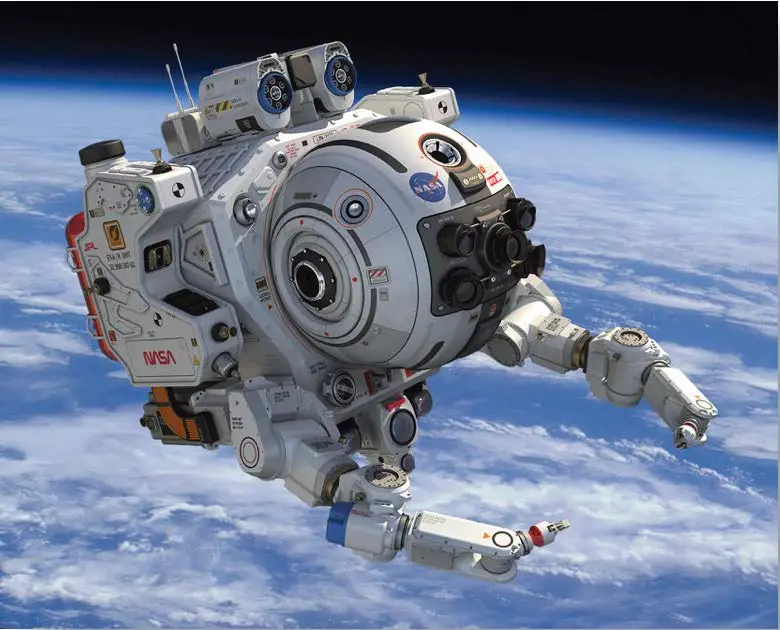The high number of unfilled warehouse positions in the United States is due to a number of factors. The most pressing issue is a lack of qualified workers. There are many jobs that are available in the warehouse industry, but companies just can’t find people to fill them.
Despite these challenges, there are still opportunities for warehouse workers to thrive in this industry. Companies are stepping up their efforts to recruit and retain talent, and many are offering benefits such as flexible schedules and on-the-job training programs. With the right skills and a strong work ethic, warehouse workers can succeed in this field for years to come.
The warehouse industry
The warehouse industry is a vital part of the American economy. It employs millions of people and is responsible for shipping billions of dollars worth of goods every year. However, the warehouse industry is currently facing a major workforce shortage.
One reason for this shortage is the lack of qualified workers. There are many jobs that are available in the warehouse industry, but companies just can’t find people to fill them.
One reason for this is the low pay that is often offered for these positions. Many people are simply not willing to work for the wages that are being offered. This is especially true when compared to other industries where workers can make much more money.
Another reason for the lack of workers is the high turnover rate in the warehouse industry. Many people who do get hired into warehouse positions quickly realize that it’s not the right fit for them and leave after only a short time on the job.
Warehouse openings
If your business is looking to fill warehouse positions in the United States, Indeed.com which has listings of 250,000 unfilled warehouse positions in the United States as of May, 2022. The warehousing sector is one of the few industries that has been booming during the pandemic as e-commerce sales have surged. The industry is now facing a major workforce shortage as it struggles to keep up with demand.
The problem is particularly acute in urban areas, where warehouse vacancy rates are at historic lows. For example, in the Inland Empire region in Southern California, warehouse vacancy rates have plummeted from 5% to just 1%, forcing companies to compete for workers and driving up wages.
To address this issue, businesses need to consider a variety of solutions. One key strategy is to offer more attractive compensation packages, such as higher pay, flexible work schedules, and benefits like paid sick leave. Additionally, companies can invest in technology like warehouse robotics and automation to boost efficiency and productivity.
Ultimately, the warehouse sector is facing an unprecedented challenge in meeting the increasing demand for goods while struggling to find enough workers. If businesses are able to successfully navigate this situation, however, they will be well positioned for long-term success in this rapidly growing industry.
Why there is a workforce shortage in the warehouse industry
There are many reasons why the warehouse industry is facing a workforce shortage. One reason is that the industry is growing rapidly, and there are not enough workers to fill the positions. Another reason is that the jobs in the warehouse industry are often difficult and physical, and many people do not want to work in a warehouse. Additionally, warehouse workers are often underpaid, and many workers can find better-paying jobs in other industries.
Warehouse openings are increasing, but the workforce shortage is making it difficult for businesses to fill these positions. The main reason for this shortage is that people are no longer willing to do manual labor jobs. warehouse openings are increasing, but the workforce shortage is making it difficult for businesses to fill these positions. The main reason for this shortage is that people are no longer willing to do manual labor jobs.
Many businesses are facing a major workforce shortage in the logistic industry, as warehouse openings continue to increase at an alarming rate. This is due largely to the fact that many people no longer see warehouse work as a viable career path and are unwilling to do manual labor jobs. However, with the right incentives and support, it is possible to attract more workers to these positions and help ensure that businesses have the staff they need to keep operations running smoothly.







